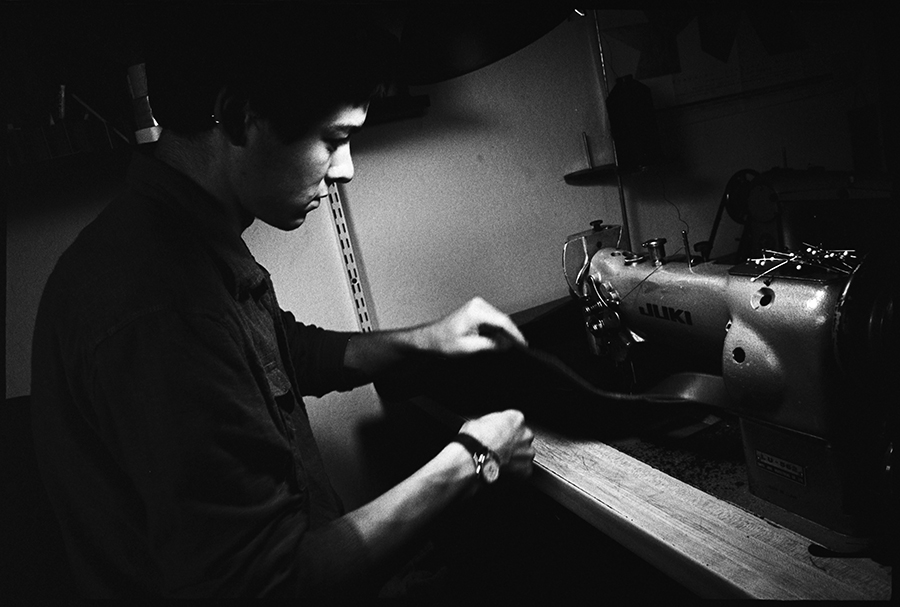Willis Bigelow began making bags two years ago, when he was still living in Brooklyn and wanted to fashion panniers to attach to his . . .
Edition Local brings story to buyers


Willis Bigelow began making bags two years ago, when he was still living in Brooklyn and wanted to fashion panniers to attach to his . . .